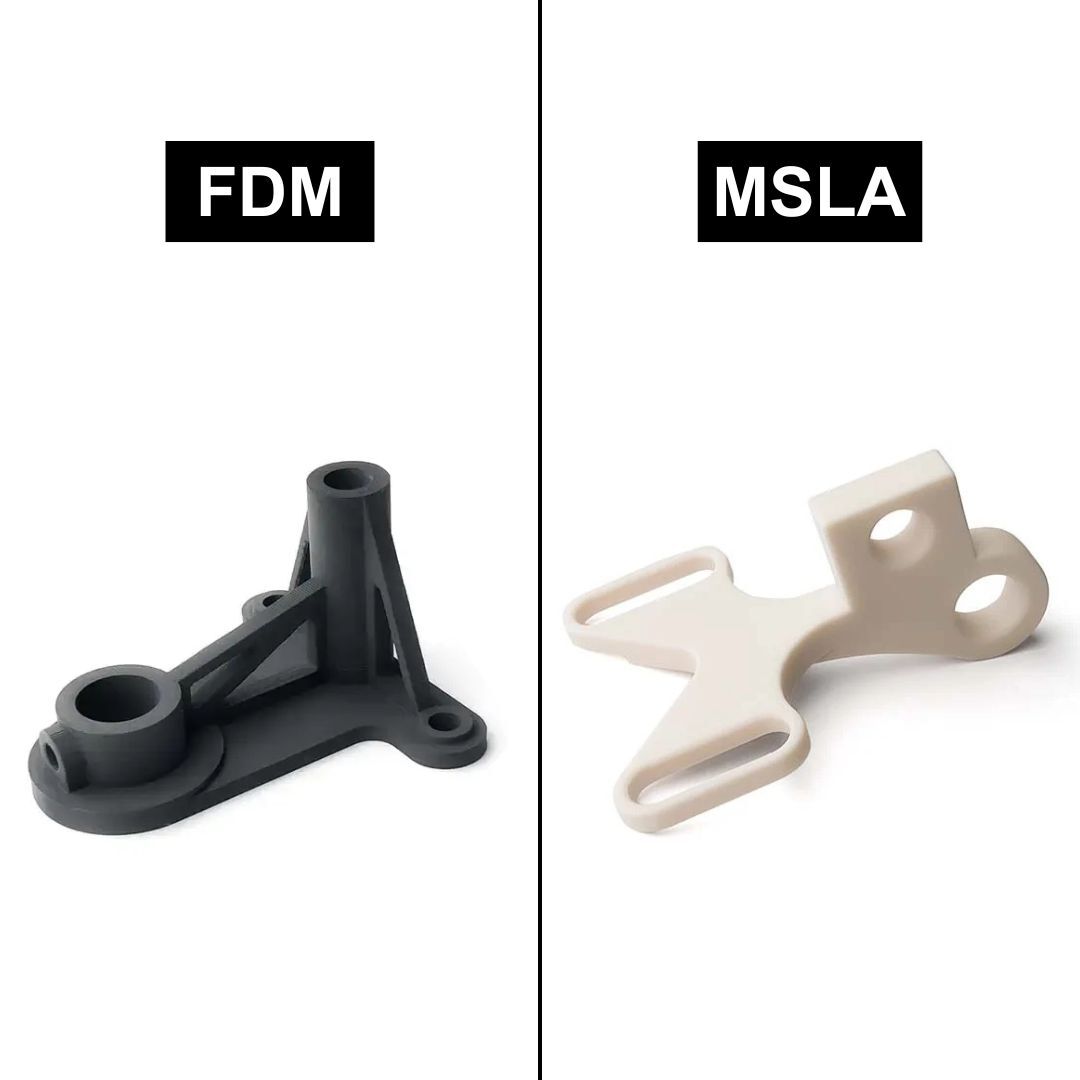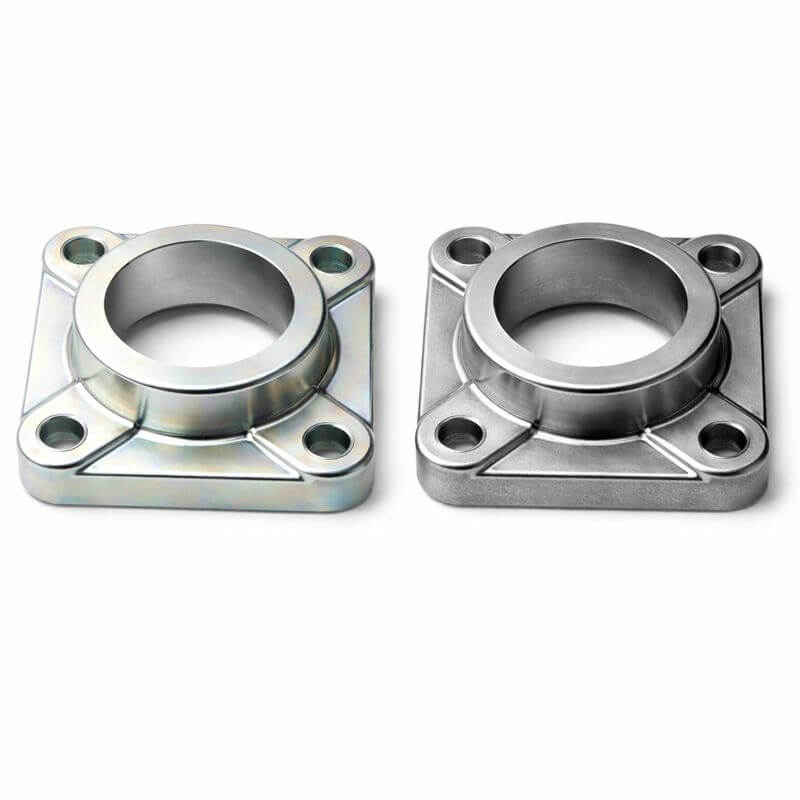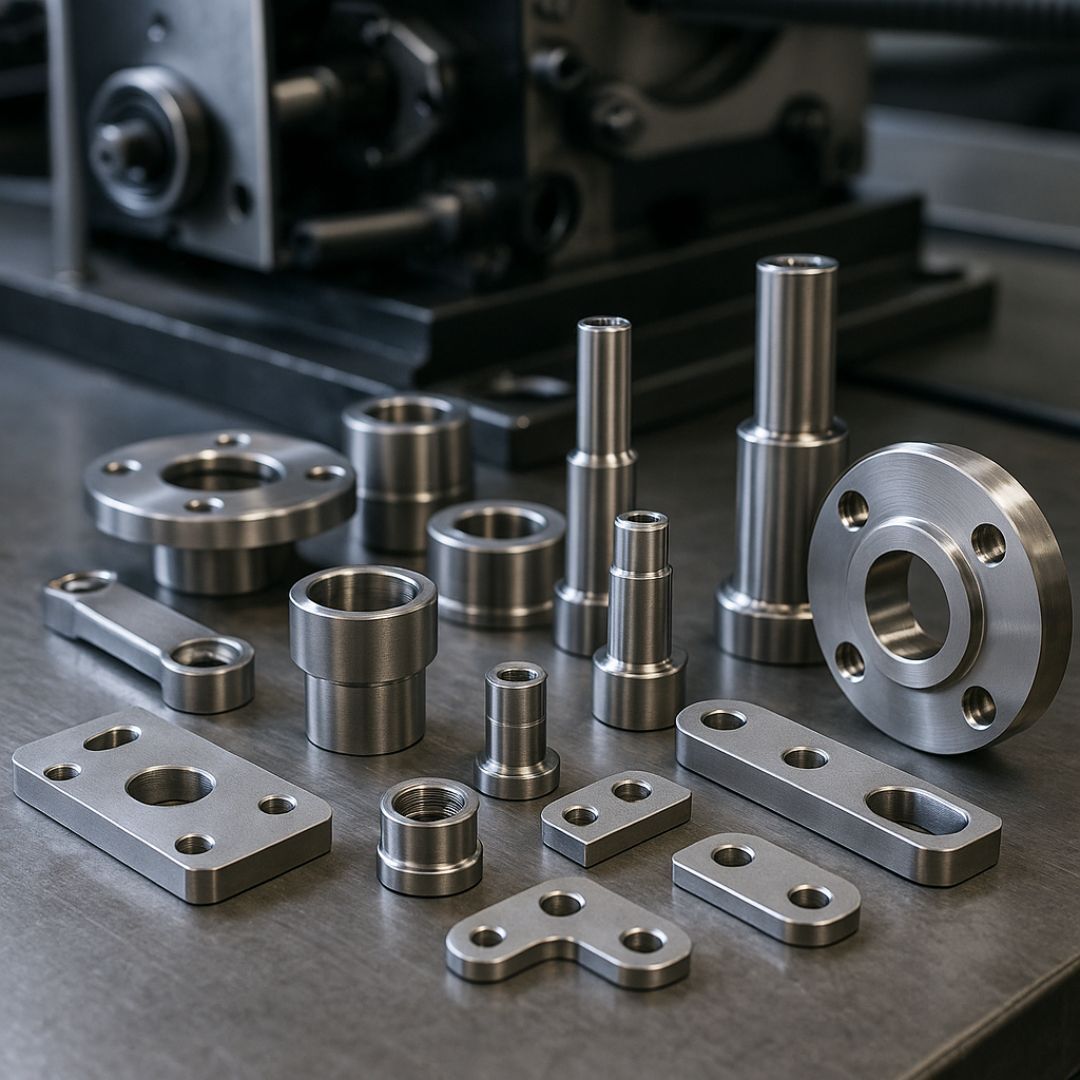3 min read
Galvanisation: Types of Zinc Coating, Benefits and Differences
Galvanisation is one of the most effective and widely used surface treatments for protecting steel and other metals from corrosion, oxidation and...

If you’re starting out with 3D printing, or you need to select the best technology for a professional project, you’ve probably asked yourself: Is filament (FDM) 3D printing better, or resin (SLA/MSLA)?
Both are excellent technologies, but they differ greatly in terms of quality, materials, costs, performance, and intended use.
In this updated 2025 guide, we analyse differences, advantages, disadvantages, and use cases so you can make an informed choice:

Resin 3D printing uses UV light (laser, LCD, or projector) to cure a liquid photopolymer resin, creating objects with extremely high surface quality.
the resin is exposed to UV light
the light selectively cures each layer
the object is “lifted” from the vat as it grows
Standard (high definition)
ABS-like (stronger)
Tough (impact resistant)
Flame retardant/ High temperature (thermal resistant)
Ceramic-like (premium matte finish)
exceptional detail
smooth, clean surfaces
ideal for miniatures, modelling and aesthetic objects
tight tolerances
excellent reproduction of micro-details
FDM (Fused Deposition Modelling) is the most widespread technology worldwide, thanks to the availability of affordable printers and ease of use.
a plastic filament is heated
extruded through a nozzle
deposited layer by layer
the object forms on the build plate
PLA (easy, inexpensive, aesthetic)
ABS (strong, but prone to warping)
PETG (great all-rounder)
TPU (flexible)
Nylon and reinforced fibres (advanced level)
very low cost
wide variety of materials
perfect for rapid prototyping
easy to use
visible layer lines
limited precision
less smooth surfaces
strong anisotropy (weak Z-axis)
requires supports and post-processing

Here’s a clear overview of the main differences:
| Aspect | FDM Printing | Resin Printing |
|---|---|---|
| Surface quality | Medium, visible layers | Very high, smooth surfaces |
| Detail | Good | Excellent |
| Mechanical strength | High (with technical materials) | Medium (some tough resins are good) |
| Available materials | Many | Fewer |
| Printing cost | Low | Medium |
| Post-processing | Support removal + sanding | Washing + post-curing |
| Safety | High | Requires PPE and ventilation |
| Speed | Good | Excellent with new-generation LCD |
Resin printing is the right choice for:
FDM is perfect if you want:
It depends on the purpose:
Choose FDM if you want:
low costs
many materials
quick prototypes
strength and functionality
Choose resin if you want:
perfect surfaces
very high detail
miniatures or models
premium aesthetic prototypes
high precision
Conclusion:
FDM wins for cost and functionality.
Resin wins for aesthetics and precision.
For professional work, the choice depends on the project:
Design | Modelling: resin
Mechanical | Functional parts: FDM with technical materials
Aesthetic prototyping: resin
Cost-effective production: FDM
Extreme detail: resin
Technical strength: Nylon/Carbon FDM or industrial technologies like MJF
Choosing between filament and resin 3D printing depends on the project type, the required level of detail, the desired mechanical properties, and the budget.
Both technologies are excellent, but for different contexts.
Upload your file to Weerg and choose the technology that best suits your project

3 min read
Galvanisation is one of the most effective and widely used surface treatments for protecting steel and other metals from corrosion, oxidation and...

2 min read
VALOI, a brand of the Finnish company Kameratori Oy and specialised in film-digitalisation systems for the home market, has started a collaboration...

2 min read
Stainless steel is one of the most widely used materials in modern industry thanks to its corrosion resistance, durability, and versatility.Among the...